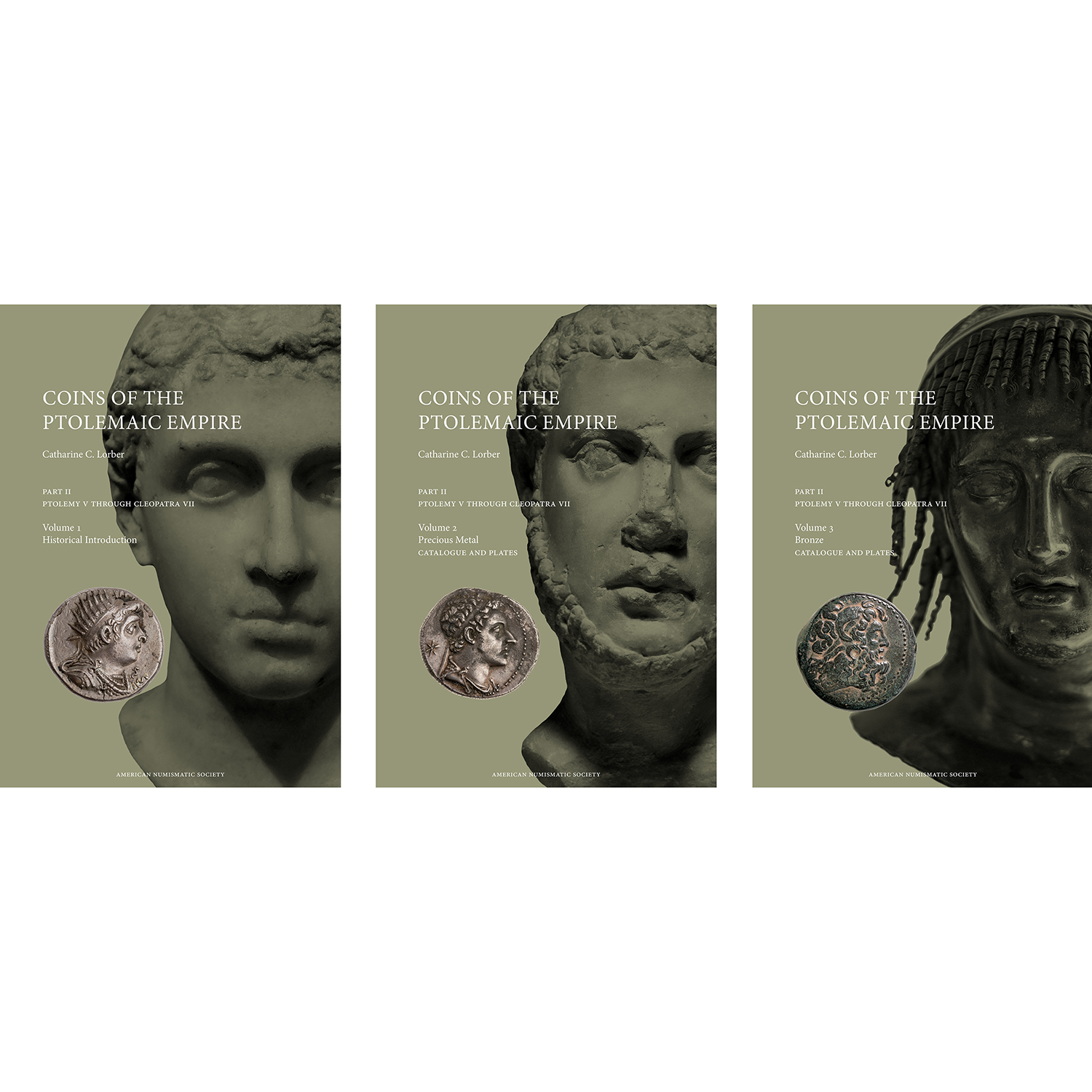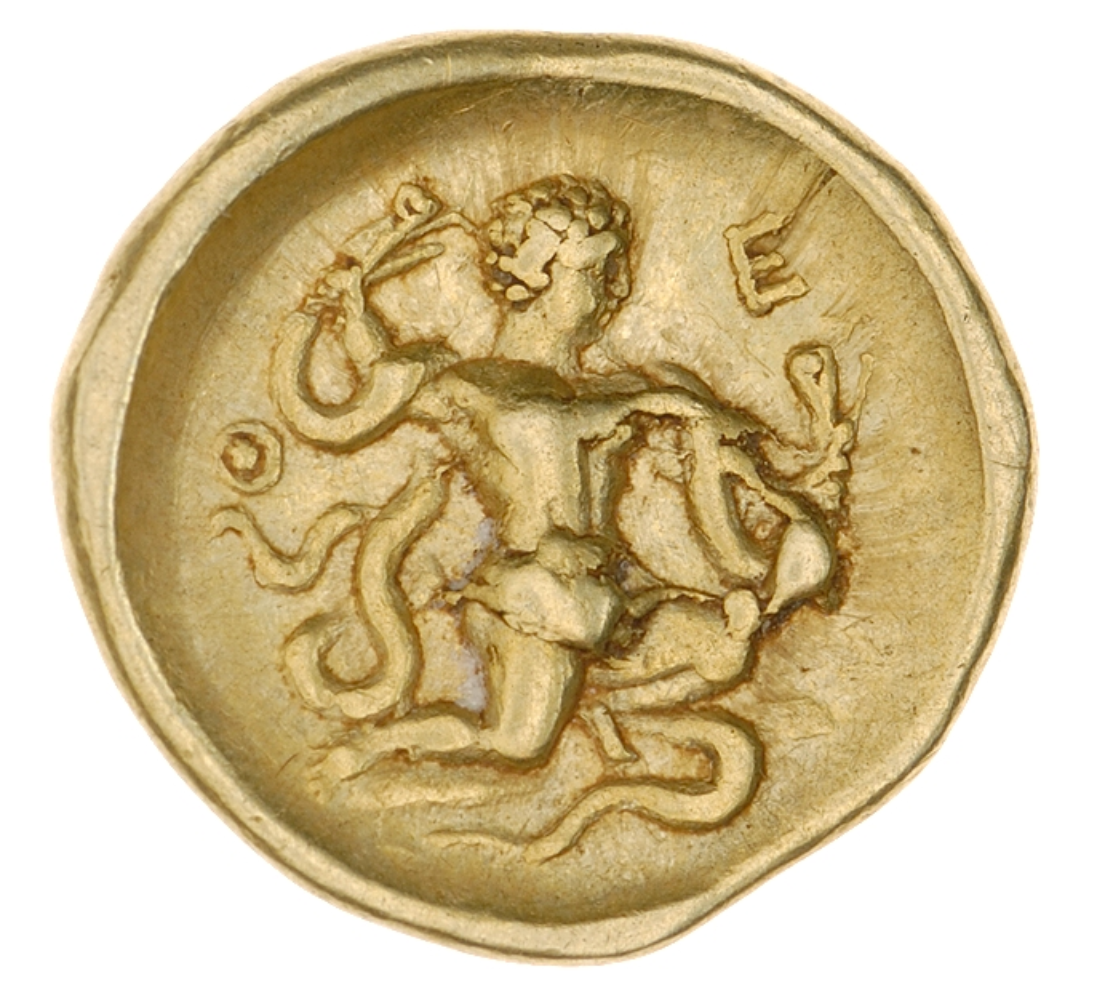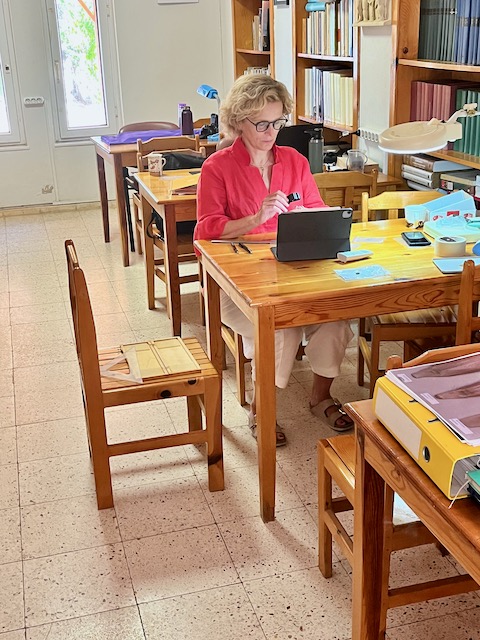THE RETURN OF THE KINGS


Husam al-Din Timurtash. ANS 1917.215.1394
One of the really wonderful things about numismatic study is the way that coin types frequently look back to what came before. People are naturally conservative about the appearance of their money and find it easier to put faith in the value of coins that have the backing of tradition and public sentiment as well as of the issuing authority. Thus throughout the history of coinage, old typological friends, some of whom may have seemed long lost have had an uncanny way of coming back, sometimes even after very long intervals.


Najam al-Din Alpi. ANS 1967.143.1
For centuries after the death of Alexander the Great, kings and cities copied his widely circulating tetradrachms with the types of Herakles’s head and seated Zeus. So closely were the types associated with Alexander, that the image of Herakles soon became treated as his portrait in the guise of Herakles and continued in use long into the time of the Roman Empire. From time to time Roman emperors explicitly restored old and trusted denarius types while some of the towers depicted on Medieval deniers may ultimately take their inspiration from the ubiquitous “camp gate” types of the late Roman Empire. Somewhat more recently, the laureate head and seated female figure on the state coppers of Connecticut struck from 1786 to 1788 are suspiciously similar to the portraits of King George II and III and seated Britannia reverse of the well-recognized British halfpenny.


Antiochus VII Sidetes. ANS 1944.100.76618
Perhaps to be counted among the most remarkable of these reuses and resurrections of earlier types are the copper dirhams struck by the Turkoman rulers of northern Mesopotamia in the twelfth and thirteenth centuries AD. Despite the general tendency to avoid figural types on Islamic coins for reasons of religion, the Turkoman coins are rife with images—many of which seem to be modeled on ancient coin types.

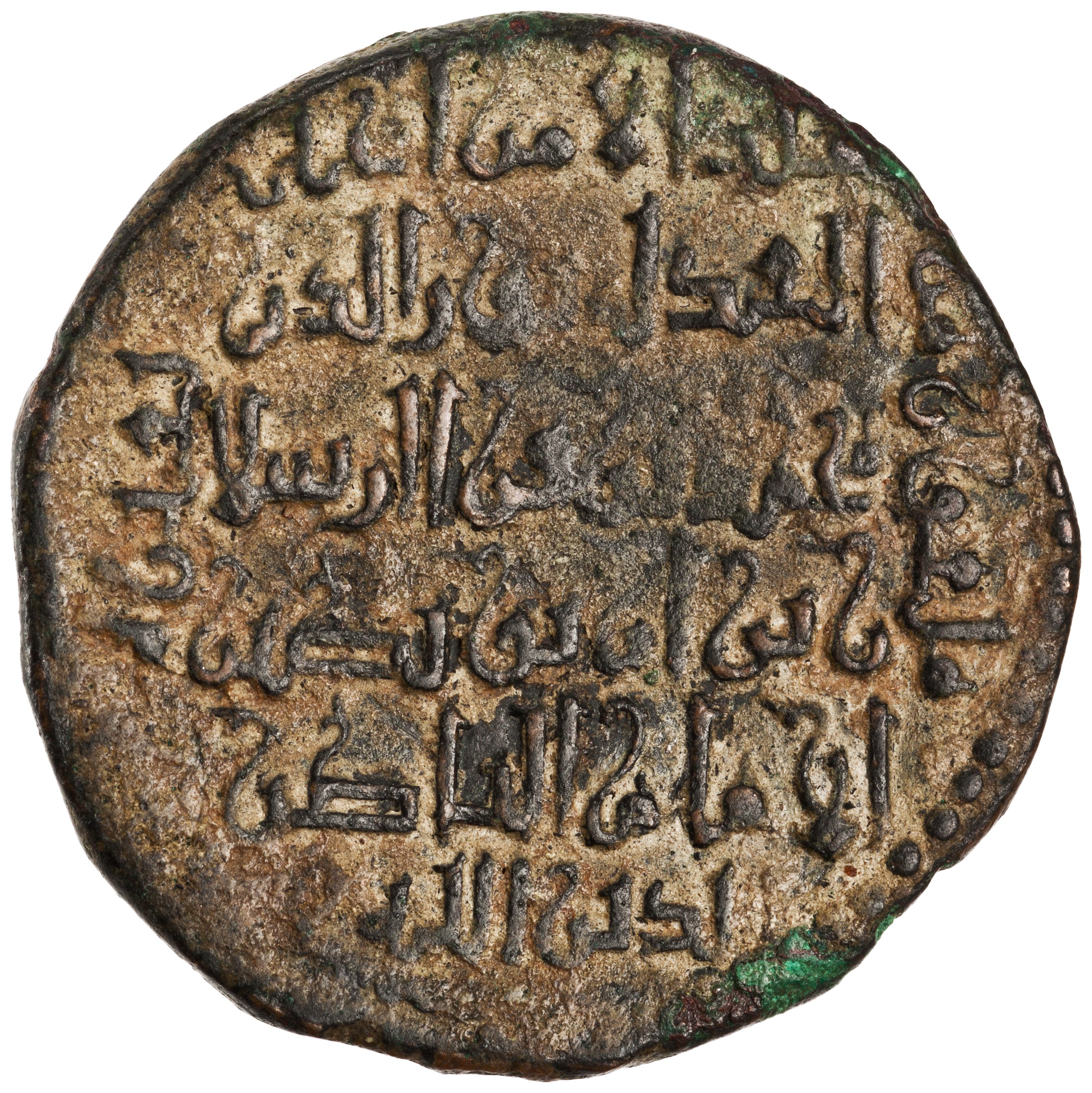
Nur al-Din Muhammad. ANS 1917.215.968
One might argue (and I would) that two of the most interesting Turkoman types based on ancient models are the bronze dirhams struck by the Artuqid Turkoman dynasties of Mardin and Hisn Khayfa which take the royal portraits of Seleucid tetradrachms as their prototypes. At Mardin, the coins of Husam al-Din Timurtash (AH 516–547/AD 1122–1152) and his son Najam al-Din Alpi (AH 547–572/AD 1152–1176) take the portrait issues of Antiochus VII Sidetes (138–129 BC) as their model while at Hisn Khayfa, the coins of Nur al-Din Muhammad (AH 571–581/AD 1175–1185) seem to look to tetradrachms of Antiochus IV Epiphanes (176–165 BC) or Antiochus V Eupator (164–162 BC).

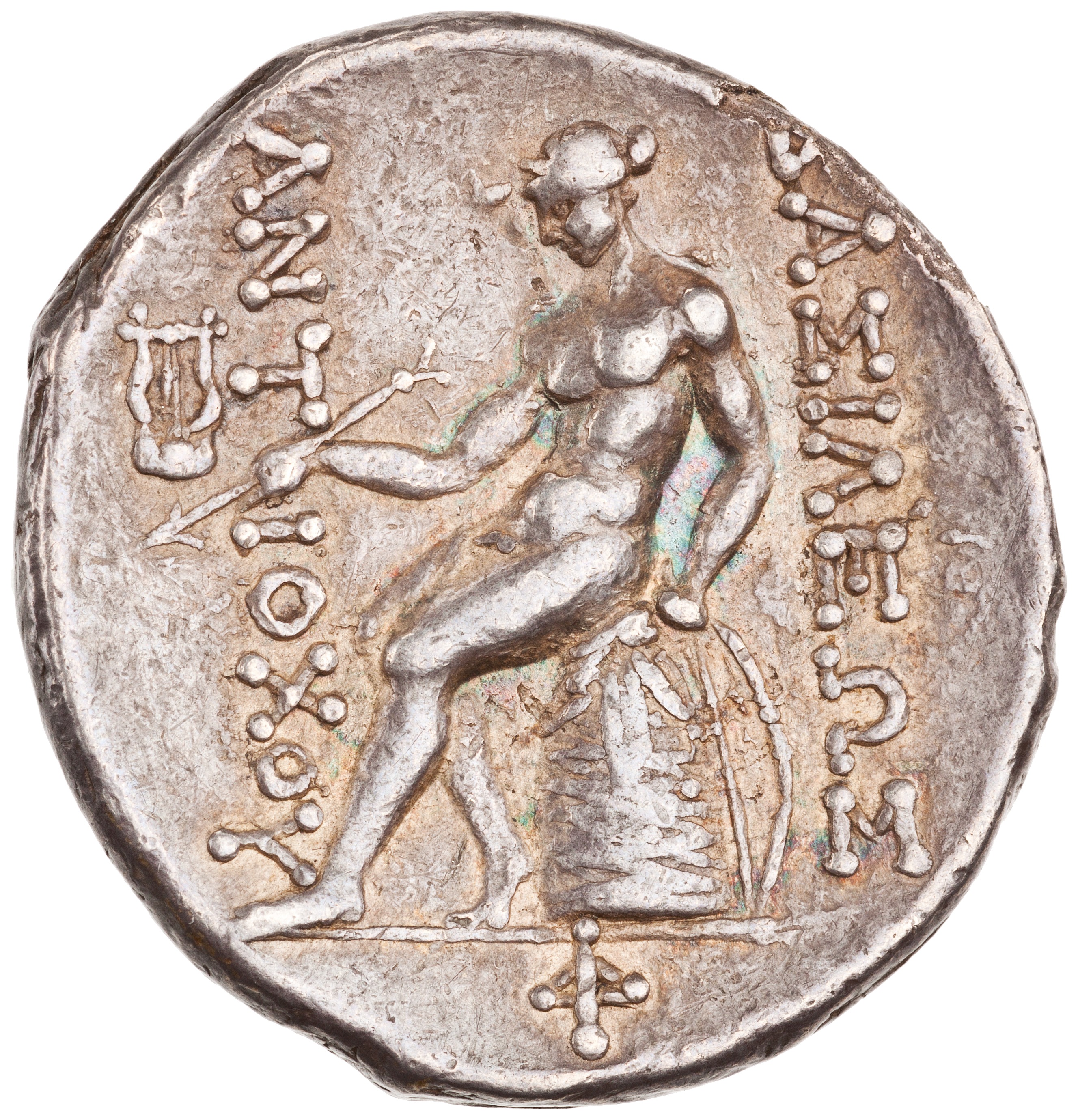
Antiochus IV Epiphanes. ANS 1944.100.75243
Exactly why these Seleucid types (and other ancient types) were resurrected under these Artuqid Turkoman rulers remains rather mysterious. As the Seleucid presence had disappeared from Mesopotamia already in 130 BC (coincidentally with the death of Antiochus VII) and the Turkomans employed a wide variety of ancient coin motifs, the answer cannot have been to illustrate continuity with the past (except in the very broadest of terms) and thereby express legitimacy. Indeed, the portrait of Antiochus VII was doubled for another issue of Najam al-Din Alpi. This double portrait has been interpreted as a representation of the astrological sign Gemini, which would then clearly indicate that the image of Antiochus VII was not used by the die engravers under Alpi and Timurtash because they knew who he was or the ancient kingdom that he represented, but merely because his appearance was suitable to their own numismatic purposes and they had one of his coins ready at hand as a model. The coins of antiquity came out of the ground in the farmers’ fields and building projects of the Middle East just as easily in the 12th century AD as they do today.


Antiochus V Eupator. ANS 1961.179.86
The Artuqid coins with Seleucid prototypes are an interesting example of the direct impact that ancient coins could have on much later coinages—even those of rulers who were not direct heirs of the Greco-Roman cultural tradition. At the same time, they are also a remarkable footnote in the early history of Seleucid numismatic study. As late as the 1790s the Antiochus VII type of Husam al-Din Timurtash was still occasionally included in European collections and antiquarian numismatic works dealing with the Seleucids out of ignorance that the reverse legend was Arabic and significantly postdated the end of the Seleucid dynasty in 63 BC, let alone the reign of the king depicted on the obverse.


